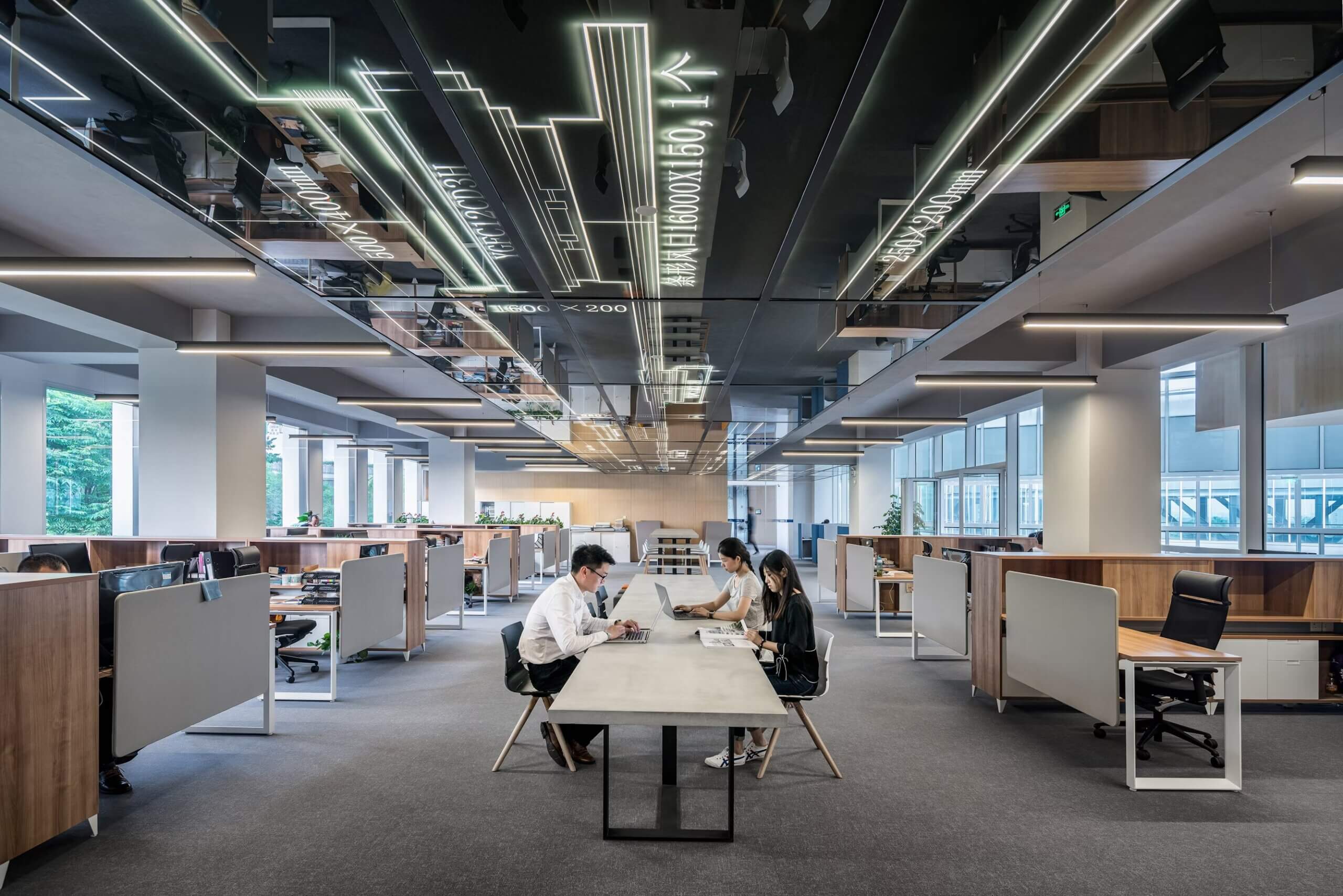A well-planned office layout can improve productivity, boost collaboration, and enhance employee well-being. Whether you’re relocating, expanding, or redesigning your current space, careful planning is important when creating an efficient and inspiring work environment.
Here’s 10 steps to approach and plan your new office layout.
1. Assess Your Business Needs
Before making any changes, evaluate your current office space and identify what works and what doesn’t. Consider factors such as:
- The number of employees and departments
- Future growth plans
- The nature of work (collaborative vs. focused tasks)
- Required amenities, such as meeting rooms, breakout areas, and storage
2. Define Your Objectives
Set clear goals for your new layout. Are you aiming to improve communication, maximise space efficiency, or create a more flexible working environment? Defining your priorities will guide your design choices.
3. Choose the Right Office Layout
There are several types of office layouts, each with its own benefits:
- Open Plan: Encourages collaboration but may lead to noise distractions.
- ‘Cubicle’ Layout: Offers privacy while maintaining some level of interaction.
- Hybrid Layout: Combines open spaces with private offices and meeting rooms for flexibility.
- Activity-Based Working (ABW): Allows employees to choose from different workspaces based on their tasks.
The right layout will depend on the type of work your team does, as well as the wider arrangements on hybrid workplaces. This includes whether employees will have their own dedicated space or you will be incorporating ‘hot desking’ into hybrid work – things like where and how employees can store their personal items will be a fundamental consideration.
4. Optimise Space Utilisation
Make the most of your office space by considering:
- Ergonomic furniture for comfort and productivity
- Strategic placement of workstations to facilitate workflow
- Storage solutions to reduce clutter – will this be dedicated desk/space or will this be centralised with hot-desking.
- Multi-functional spaces that can serve different purposes
5. Prioritise Employee Well-being
A successful office layout should support employee health and well-being. This includes:
- Access to natural light and proper ventilation
- Comfortable seating and adjustable desks
- Quiet areas for focused work
- Spaces for relaxation and social interaction
Many modern offices also incorporate things like cafe areas, breakout spaces or even on-site gyms.
6. Enhance Communication
Effective communication is crucial in any office environment. Consider:
- Open collaboration areas to encourage teamwork
- Private meeting rooms for confidential discussions
- Technology that facilitates seamless remote and in-person communication
- Clear signage and wayfinding to improve navigation within the office
Balancing the benefits of collaboration with the ability for people to focus or deal with private conversions/meetings is key.
7. Leverage Technology
Incorporate smart office solutions such as:
- Wireless connectivity and charging stations
- Video conferencing facilities for remote collaboration
- Energy-efficient lighting and climate control systems
8. Seek Employee Input
Involving employees in the planning process can lead to a more functional and engaging workspace. Conduct surveys or hold meetings to gather feedback on their preferences and pain points. Your team will be spending time in the office environment and its important that they feel it is a suitable, efficient and inspiring place to be.
9. Test and Adjust
Before finalising your layout, create a mock-up or trial phase to see how it works in practice. Be prepared to make adjustments based on feedback and real-world use. Sometimes continued adjustments to the workplace is a way to keep things fresh and maintain a productive and inspiring place to be.
10. Plan for the Future
Ensure your office layout is adaptable to future changes, such as business growth, evolving work styles, or new technologies. Flexible furniture, modular designs, and scalable solutions will help your office remain functional over time.



